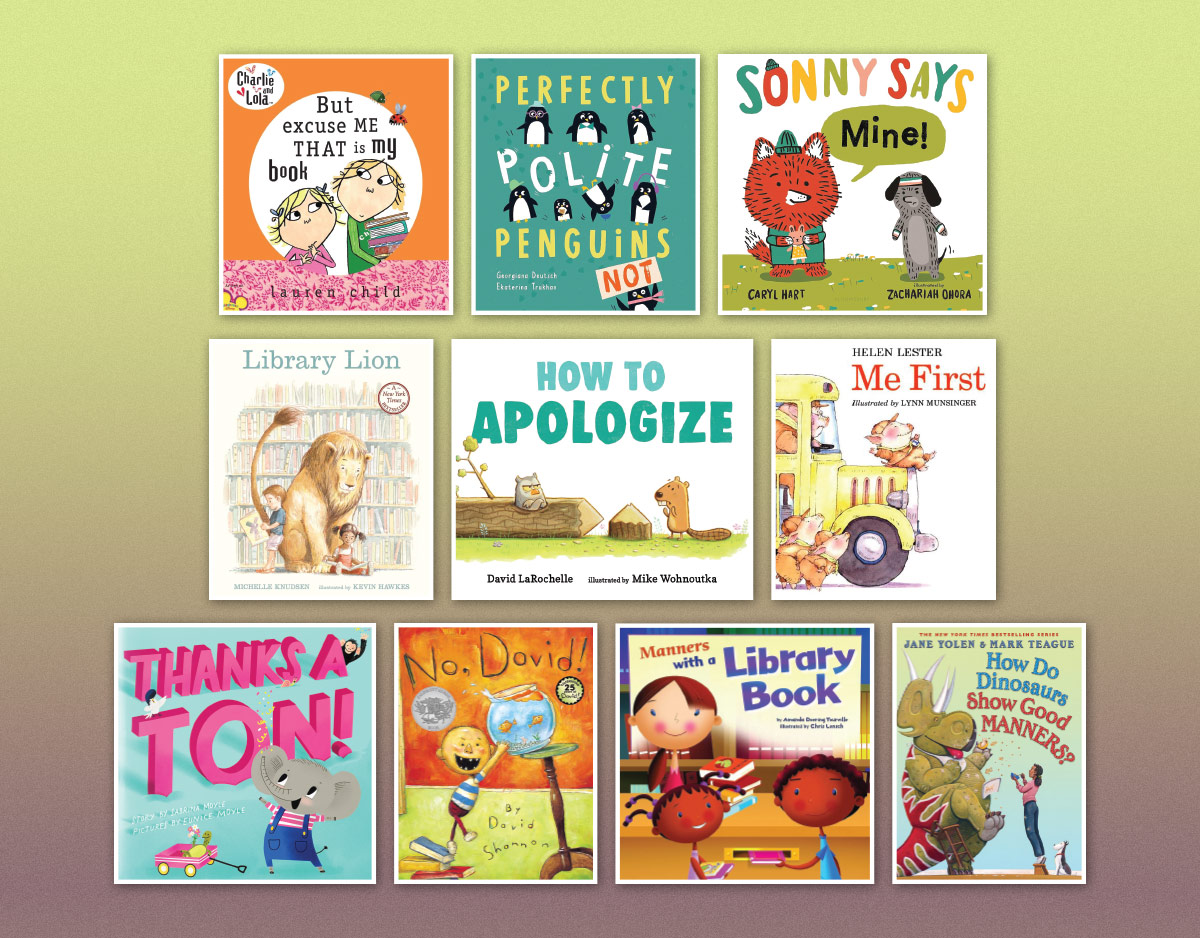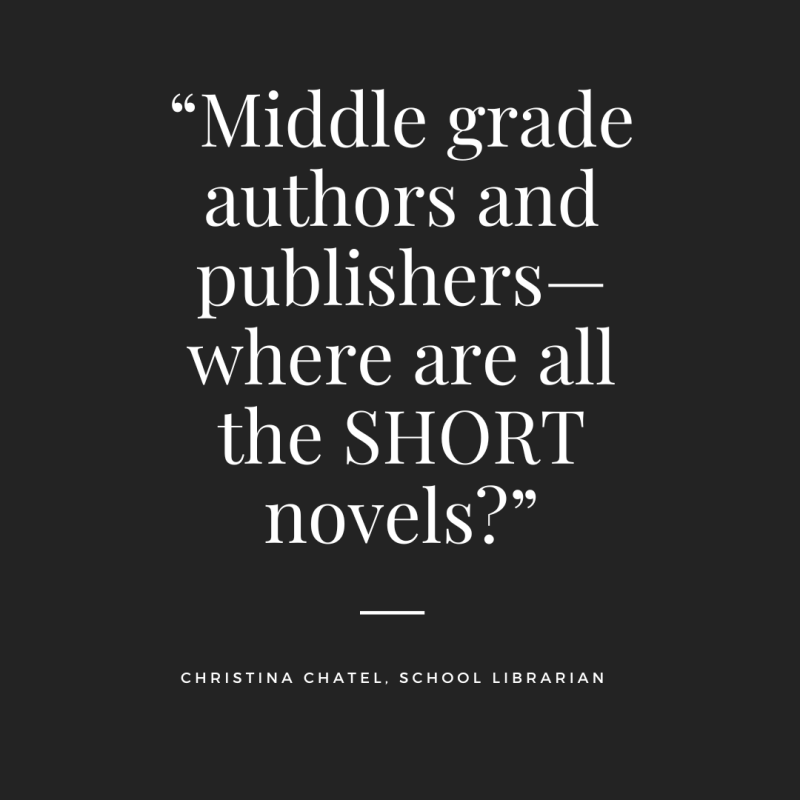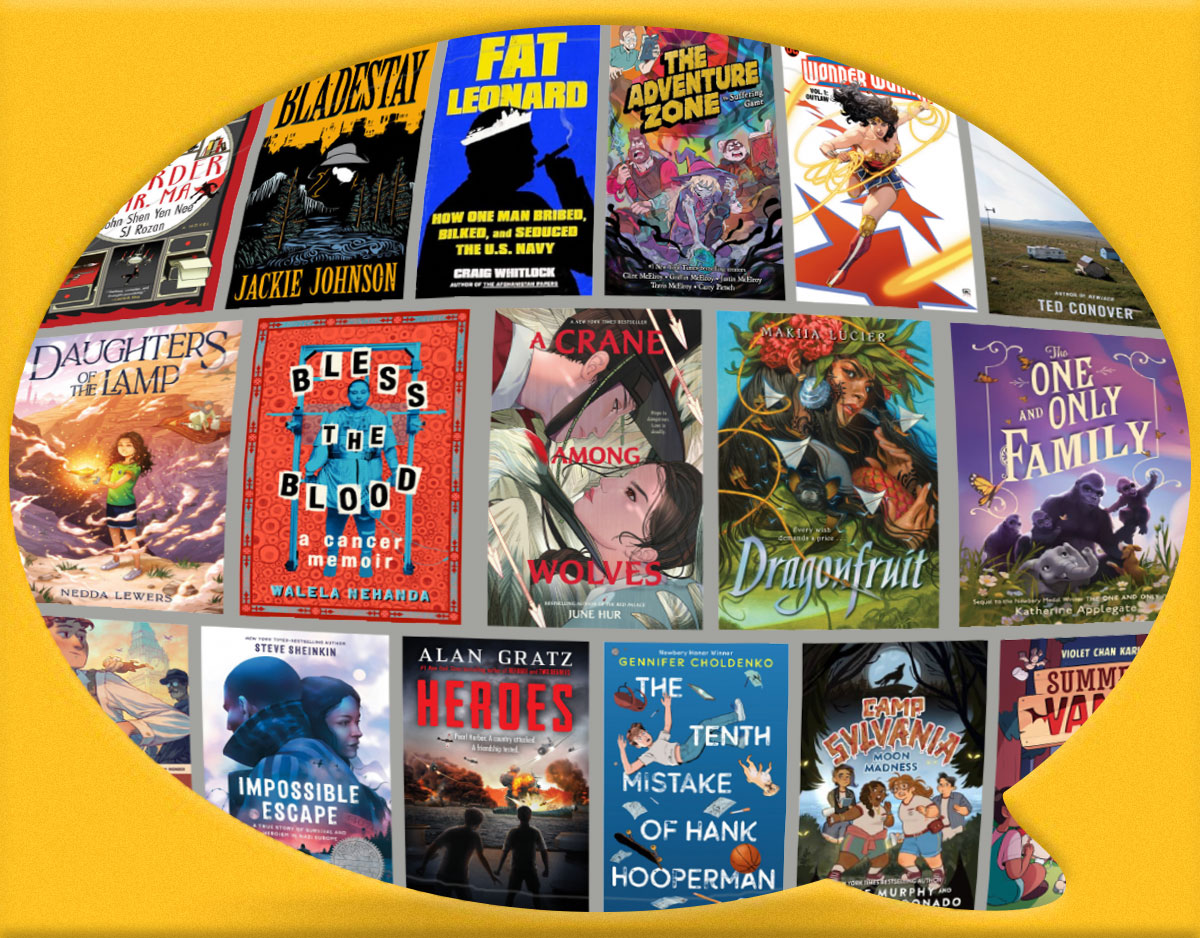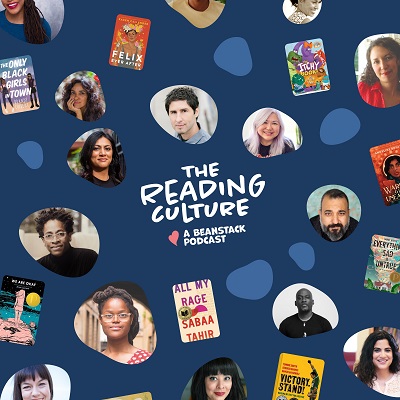Confronting Anti-Black Racism with the Middle Grade Novel What Lane?

What Lane?
Written by Torrey Maldonado
Nancy Paulsen Book, 2020
ISBN 9780525518433
Book Review
“I have a new goal: to stop trying to do what everyone does and start really doing me. I’ll swerve into the lane I choose. Maybe even find new ones.” Sixth grader, Stephen, lives in Brooklyn, is into sci-fi, and is a mixed race tween who has started to painfully experience the ways that white people in his neighborhood treat him differently than his white friends. First, he is confronted by a building superintendent who assumes he is friends with a bike thief because they are both Black. Then, a shop clerk accuses him of stealing when he samples a cookie following the lead of his white friend. Stephen also experiences repeated race-related confrontations from his best friend’s cousin. The cast of characters in Stephen’s life, including his friends, parents, and teachers are engaging examples of multidimensional, dynamic characters. Torrey Madonado has crafted a novel that balances critically important conversations about racism and white supremacy while remaining true to the fun-loving spirit of middle grade readers through joy-inducing pop culture references and light-hearted moments between friends. If you are wondering how to begin confronting Anti-Black racism in your classroom, start with What Lane?
Teaching Ideas / Invitations for Your Classroom:
Note: The teaching ideas and invitations below are designed to support anti-racist teaching. While classrooms can be sites of transformative learning, they are also situated in a broader system of white supremacy. Conversations about race and racism can privilege certain student voices, and, at worst, can do harm. We recommend educators, particularly white educators, engage in internal work around identity before engaging with students in this work. We also recommend intentionally structuring classroom interactions using vetted resources such the Let’s Talk guide by Teaching Tolerance to encourage a sense of belonging and a classroom community for all students.
ADVERTISEMENT
ADVERTISEMENT
Grades 4-8
Who Am I? Identity Mapping. Stephen is a dynamic character with likes, dislikes, opinions, and life struggles. He is a character with complexity and agency. Notice with students what we learn about Stephen from the first chapter and the ways in which he has various interests and intersectional identities (Crenshaw, 1989) and interests. Support students to do some identity mapping of Stephen as well as mapping of themselves by creating an identity self-portrait, identity web, identity chart, or cultural X-ray. Identity mapping for a fictional character can serve as an important scaffold for students before diving into their own identities. Go further by supporting students to notice how many of Stephen’s personal struggles are a consequence not of personal choices or actions but rather are a result of systemic racism such as the ways he is treated in grocery stores by white employees. Use resources like Eduptopia and NCTE’s resources for teaching in these times to support students to understand systemic racism using Stephen’s experiences as an example.
Identity Picturebook Exploration. Gather other books that open up conversations and inquiries about identity to help build deeper understandings of ourselves and others across several texts. We recommend picturebooks that specifically celebrate Black joy including Crown: An Ode to the Fresh Cut by Derrick D. Barnes, I Am Every Good Thing also by Barnes, All Because You Matter by Tami Charles, and I Am Enough by Grace Byers. See the School Library Journal’s list for many more titles and brief summaries. We also recommend books that explore identity including but also beyond race such as Your Name is a Song by Jamilah Thompkins-Bigelow; Why Am I Me? by Paige Britt; Same, Same, But Different by Jenny Sue Kostecki-Shaw; The Day You Begin by Jacquiline Woodson; Saturday by Oge Mora; Most People by Michael Leannah; Lovely by Jess Hong; No One Else Like You by Siska Goeminne;The Colors of Us by Karen Katz; Skin Again by bell hooks; Shades of People by Sheila M. Kelly; and Let’s Talk about Race by Julius Lester.
Think, Feel, Take Action. Throughout the novel, the events and dialogue position us as readers to think, feel, and take action in our own lives to confront racism. Support students to notice and document specific moments in the book when they are aware of their own thinking about an issue or situation. Have students also notice moments in the book that give them a strong feeling. Finally, support students to notice moments in the book that position them to think about actions they could take in the world to confront racism. Invite opportunities for students to share these notes with one another as a way to open space for ongoing dialogue about how the events in the book have the power to challenge and change us.
Juxtaposing Horror and Hope. At The Classroom Bookshelf, one of our criteria for selecting high quality children’s literature is that they foster hope. Support students to analyze the ways in which Torrey Maldonado acknowledges the horrors of racism while also offering sites of hope. For example, why is it significant that Maldonado names specific examples of Black individuals and People of Color killed by police including Tamir Rice, Lesandro Guzman-Feliz, Trayvon Martin, Michael Brown, and Walter Scott? In what ways are readers positioned to feel horrified about the escalating instances of racism that Stephen experiences across the course of the story? How does the book also offer a hopeful stance toward the future through the relationships Stephen has and the ways in which some characters demonstrate change?
Understanding the History of Racism with The Undefeated and Stamped. Support student knowledge and inquiry about the history of racism in America by pairing What Lane? with the Caldecott-winning picturebook The Undefeated written by Kwame Alexander and illustrated by Kadir Nelson, Stamped: Racism, Antiracism, and You by Jason Reynolds and Dr. Ibram X. Kendi, or Not My Idea by Anastasia Higginbotham. Like Maldonado, how do the authors and illustrators bring us through sadness and outrage to a place of hope? How does a deeper understanding of the historical background to racism in America help contextualize the events that happen to Stephen in What Lane?
Race and School Text Set. Engage students in inquiries around identity, race, and school specifically by pairing What Lane? with books like Newbery-winning graphic novel New Kid by Jerry Craft; Newbery-winning novel-in-verse The Crossover by Kwame Alexander; Booked also by Kwame Alexander; The Long Ride by Marina Budhos; Towers Falling by Jewell Parker Rhodes; Ghost by Jason Reynolds; The First Rule of Punk by Celia C.Pérez; Save Me a Seat by Sarah Weeks and Gita Varadarajan; and Other Words for Home by Jasmine Warga. Support students to make comparisons across the characters by considering their identities and the ways in which their identities impact their school experiences.
Exploring the City as a Setting. The Brooklyn setting of What Lane? is central to the story. Have students share details about the setting that catch their attention such as the comic book store or references to apartment buildings. Have students draw what they think the neighborhood looks like based on the book and then do some Google Street View explorations of Brooklyn. Discuss with students whether or not they think this story could have taken place somewhere else and still have the same resonance. Why or why not? Pair What Lane? with Jason Reynolds’ Look Both Ways to continue exploring the impact of setting on a story. As students craft their own settings for stories, encourage students to consider the importance of setting to help make their characters come to life.
Wristband Sayings. Stephen wears a black and white glow-in-the-dark wristband he got on a school trip to a basketball game that says “What Lane?”. His friend, Wes, wears a wristband that says BLM for Black Lives Matter. Have students consider the power of wristbands as affiliation markers that support people to express their beliefs and identities. Have students create their own wristbands with words that say something about their beliefs. Consider limiting students to a set number of words or characters that would fit on a wristband as an exercise in writing small.
Pop Culture References as a Craft Technique. Maldonado is intentional about the popular culture references made throughout the novel such as the 2019 Spiderman film Spiderman: Far From Home and Black Panther. Invite students to explore these comics or to watch the films to discuss the significance and power of these characters. Support students to pay attention to these pop culture references in the book and to consider why the author includes them as well as the impact it has on them as a reader. Have students craft their own fictional or personal narratives that incorporate pop culture references to help orient readers and to further the voice of the main characters.
Critical Literacy
ADVERTISEMENT
ADVERTISEMENT
Allies and Co-Conspirators: Discussion Activity. The term ally is used in reference to Stephen’s best friend, Dan, a white student who is starting to see that prejudice is real. Dan also begins to realize his white privilege and how Stephen is treated differently in their neighborhood. An ally is defined as someone who supports a cause and stands in solidarity with oppressed people. Alicia Garza, co-founder of the Black Lives Matter movement, defines co-conspirators as “people who are actively fighting against the system of white supremacy.” Discuss with students whether they think Dan was an ally or co-conspirator–what evidence from the book makes them think that? Following this discussion, support students to have a plan for what they can do when they see discrimation or racism occur. We recommend using the Teaching Tolerance Allies Discussion Activity, adapted from Because We Can Change the World: A Practical Guide to Building Cooperative, Inclusive Classroom Communities by Mara Sapon-Shevin.
“I Don’t Even See Race”: Colorblindness as Racism. In advisory class, Stephen and his classmates are invited to share their reactions to anything going on in the world. Stephen opens the discussion with, “Let’s discuss cops shooting young unarmed Black kids.” In a facilitated conversation, some white students use language that reveals a colorblind approach to race such as Elizabeth’s statement: “Because the world’s not that way now. And I don’t even see race. I just see humans.” Support students to discuss their responses to Elizabeth’s statement and the statements of other white students. Use this as an opportunity to discuss the ways in which a colorblind approach can serve as another form of racism.
Further Investigation
Online Resources
ESPN The Undefeated: This One is For Us
Facing History: Identity Charts
Move to End Violence: Ally or Co-Conspirator
Read the Word and the World by Kathy Short (Cultural X-Rays)
SLJ’s 37 Picture Books that Celebrate #BlackJoy
Teaching Tolerance Allies: Discussion Activity
Teaching Tolerance: Identity Self-Portrait
Teaching Tolerance: Let’s Talk Guide
Teaching Tolerance: Colorblindness: The New Racism?
Books
Alexander, K. (2019). The undefeated. Boston, MA: Verify/HMH.
Alexander, K. (2016). Booked. New York, NY: Houghton Mifflin Harcourt.
Alexander, K. (2014). The crossover. New York, NY: Houghton Mifflin Harcourt.
Barnes, D. (2017). Crown: Ode to the fresh cut. Evanston, IL: Agate BoldenPublishing.
Barnes, D. (2020). I am every good thing. New York, NY: Penguin Random House.
Britt, P. (2017). Why am I me? New York, NY: Scholastic.
Budhos, M. (2019). The Long Ride. New York, NY: Wendy Lamb Books/ Random House.
Byers, G. (2018). I am enough. New York, NY: Balzer and Bray.
Charles, T. (2020). All because you matter. London, UK: Orchard Books.
Craft, J. (2019). New kid. New York, NY: HarperCollins Children’s
Goeminne, S. (2017). No one else like you. Louisville, KY: Westminster John Knox Press.
Higginbotham, A. (2018). Not my idea: A book about whiteness. New York, NY: Dottir Press.
hooks, b. (2004). Skin again. New York, NY: Jump At the Sun Press.
Hong, J. (2017). Lovely. Berkeley, CA: Creston Books.
House, S. & Vaswani, N. (2012). Same sun here. Somerville, MA: Candlewick Press.
Katz, K. (2002) The colors of us. New York, NY: Square Fish.
Kelly, S. (2010). Shades of people. New York, NY: Holiday House.
Kostecki-Shaw, J. S. (2011). Same, same, but different. New York, NY: Henry Holt & Co.
Leannah, M. (2017). Most people. Thomaston, ME: Tilbury House Publishers.
Lester, J. (2008). Let’s talk about race. New York, NY: HarperCollins.
Mora, O. (2019). Saturday. New York, NY: Little, Brown Books for Young Readers.
Pérez, C. (2017). The first rule of punk. New York, NY: Viking Books for Young Readers.
Reynolds, J. (2019). Look both ways: A tale told in ten blocks. New York, NY: Atheneum.
Reynolds, J. (2016). Ghost. New York, NY: Atheneum Books for Young Readers.
Rhodes, J.P. (2016). Towers falling. New York, NY: Little, Brown and Co.
Thompkins-Bigelow, J. (2020). Your name is a song. The Innovation Press.
Warga, J. (2019). Other words for home. New York, NY: Balzer + Bray.
Weeks, S. & Varadarajan, G. (2018). Save me a seat. New York, NY: Scholastic.
Woodson, J. (2018). The day you begin. New York, NY: Nancy Paulsen.
Works Cited
Crenshaw, Kimberle (1989) “Demarginalizing the Intersection of Race and Sex: A Black Feminist Critique of Antidiscrimination Doctrine, Feminist Theory and Antiracist Politics,” University of Chicago Legal Forum: Vol. 1989, Article 8.
Special thanks to Shawna Coppola, author of Renew!: Become a Better–and More Authentic Writing Teacher, and Christina Nosek, author of To Know and Nurture a Reader: Conferring with Confidence and Joy, for reviewing this entry and offering critical suggestions.
Filed under: Fiction, Fiction Chapter Books, Novels
About Katie Cunningham
Katie is a Professor of Literacy and English Education at Manhattanville College. There she is also the Director of the Advanced Certificate Program in Social and Emotional Learning and Whole Child Education. Her work focuses on children’s literature, joyful literacy methods, and literacy leadership. Katie is the author of Story: Still the Heart of Literacy Learning and co-author of Literacy Leadership in Changing Schools. Her book Start with Joy: Designing Literacy Learning for Student Happiness will be released September 2019. She is passionate about the power of stories to transform lives.
ADVERTISEMENT
ADVERTISEMENT
SLJ Blog Network
Winter Light: An Aaron Becker Interview and Video Trailer Reveal!
Hilda and Twig | This Week’s Comics
Wednesday Roundup: Pointing at Poetry
The Seven Bills That Will Safeguard the Future of School Librarianship
Shakespeare, but Make it Queer!: Retelling a Classic Play and My Love/Hate Relationship with William Shakespeare, a guest post by Emma K. Ohland
Gayle Forman Visits The Yarn!
ADVERTISEMENT







